
‘Afraid of the water’? Life in a city that dumps billions of litres of raw sewage into lakes and rivers
10 billion litres of sewage are dumped into Winnipeg’s lakes and rivers each year. Some...
It had been a stormy August week in Tadoule Lake, nearly 1,000 kilometres north of Winnipeg. Days of lightning and rain had darkened the skies over the 325-person community and Stephanie Thorassie was praying for sun.
In a matter of days, she and a group of youth from four Manitoba First Nations were set to embark on a seven-day canoe trip to the source of the Seal River, the 260-kilometre undammed river flowing through northern Manitoba into Hudson Bay. The night before the trip was mired by storms, but new light — and clear blue skies — finally broke through in the morning.
As the group prepared to set off from a beach on Tadoule Lake, laying tobacco in the water and praying for good weather on their trip, a group of community members urged them to make a detour to a second beach before embarking on their first five-hour stint across the open lake. The team agreed and turned their boats around.
“Just as we turned the last point a bald eagle flew over us,” Thorassie recalls. “And we see how the community is standing on the beach with their vehicles and their quads, all honking their horns and showing us this incredible support.”
A group of drummers played and sang as the group lifted their paddles in farewell.
“They sang for us until we couldn’t hear them anymore,” Thorassie says. “You really do feel like you can take on the world when you have that kind of support from your people.”
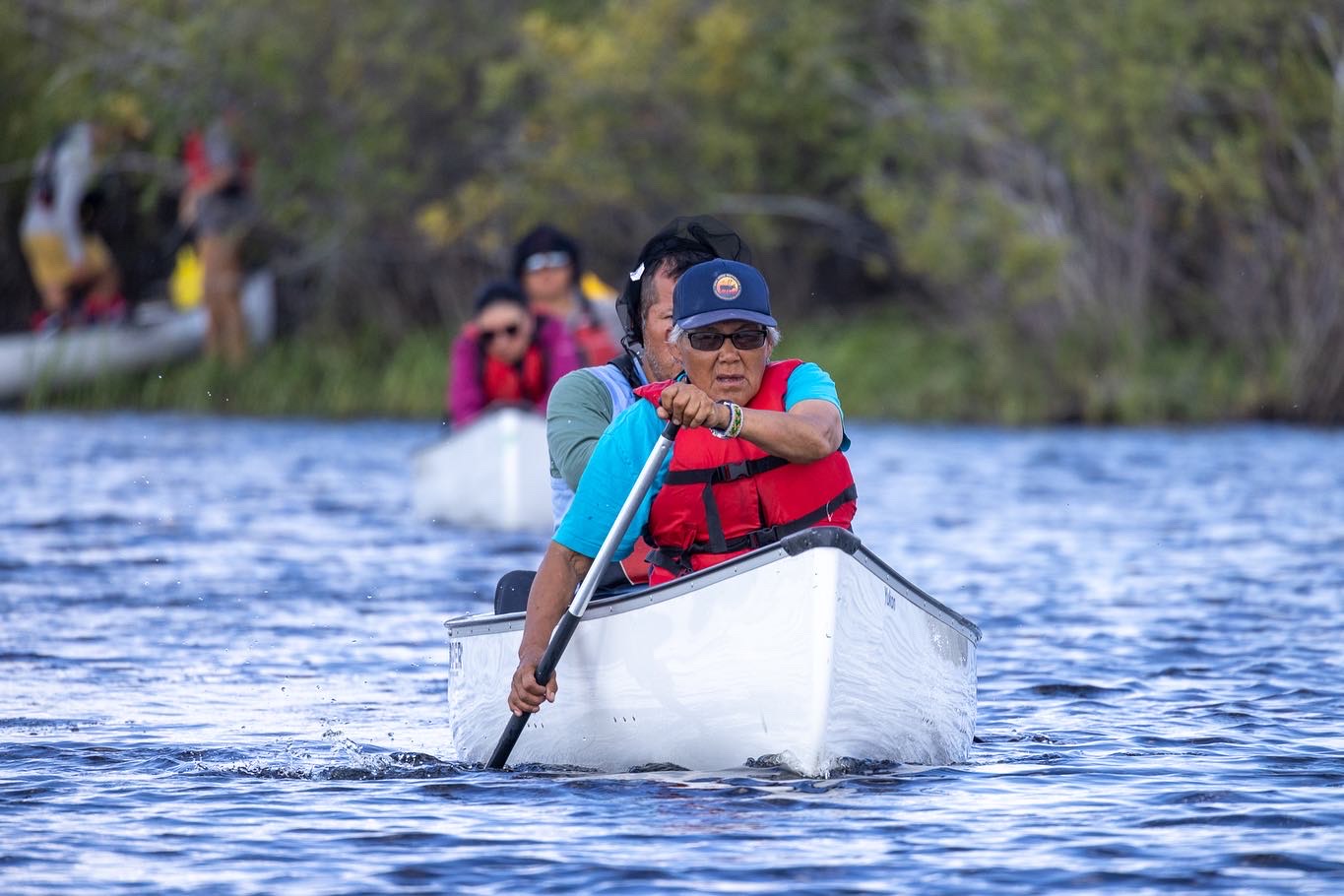
The celebratory atmosphere was an appropriate sendoff for the members of the Seal River Watershed Alliance; the group had just received confirmation of federal funding for an Indigenous guardians program — offering the members of the Sayisi Dene, O-Pipon-Na-Piwin Cree, Northlands Denesuline and Barren Lands First Nations an opportunity to take a designated role in preserving the wild lands of the watershed. The paddle trip marked the first training exercise under the newly established program.
For several years now, members of the Seal River alliance have been organizing to protect one of the largest remaining intact watersheds in the world. The Seal River Watershed spans more than 50,000 square kilometres — an area about the size of Nova Scotia — and its lands and waters are home to about two dozen at-risk species, including polar bears, wolverine, lake sturgeon and killer whales. More than 200,000 caribou spend their winters in the watershed and a third of the world’s beluga whales migrate to the Seal, Churchill and Nelson rivers. The land itself stores almost two billion tonnes of carbon — equivalent to eight years worth of Canada’s emissions — in its tundra, forests and wetlands.
The alliance received $3.2 million in federal funding in 2020 to help establish the conservation area, but talks are still ongoing with the provincial government, which is expected to provide both approval and support for the project, according to proponents of the protected area, including the Canadian Parks and Wilderness Society. (A spokesperson for the Government of Manitoba declined a request for an interview about the Seal River Indigenous Protected and Conserved Area and pointed instead to the province’s Climate and Green Plan. In an email, the spokesperson added the government “is reviewing its network of protected areas, in partnership with local residents, Indigenous communities and stakeholders” but did not specify the status of the Seal River protected area.) Eventual formal designation would mark a huge step forward in conserving Manitoba’s last wild river and the ecologically and culturally important land surrounding it.
But protecting the watershed won’t be possible without the eyes and expertise of land guardians. Seal River’s Indigenous guardians program is training the next generation to take on the role of stewarding the vast expanse of wild lands.
Thorassie’s grandmother has a piece of advice: it doesn’t matter what you do in your life, or what job you work — if you don’t have a connection to the land you will always be poor.
But as a child growing up in Tadoule Lake — accessible only by plane in the summer and winter road, snowmobile or dogsled the rest of the year — Thorassie says her role models were largely teachers and nurses; opportunities to work on the land were slim. It’s that perception she hopes will change as the guardians program takes root in the community.
“It’s helping with environmental conservation, it’s helping with biodiversity loss, but it’s also helping ensure there’s futures for these young people,” Thorassie says.
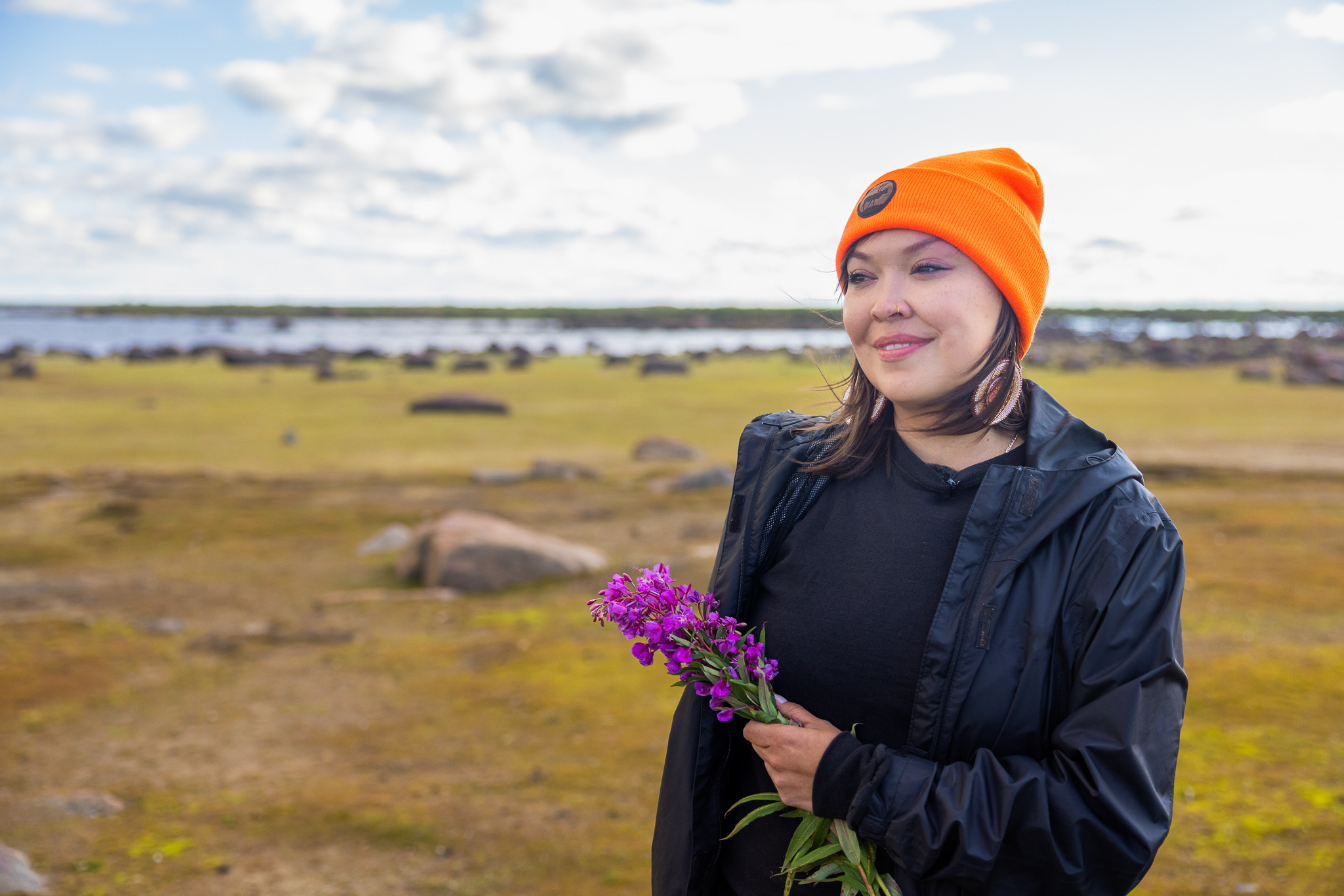
Thorassie says Elders in Tadoule Lake — the traditional lands of the Sayisi Dene, who were forcibly relocated to Churchill, Man. between 1956 and 1973 — were sounding the alarm about climate change long before United Nations conventions were held and national targets set — but few people listened.
“The world hasn’t really been paying attention to our community members and our Elders because they don’t have those university PhDs, the official titles that come from the western world, but their knowledge is older than the universities out there,” Thorassie says.
Elders had long noted the risk of forest fires, for example, as they watched the permafrost creep away. They noticed the changing migration paths of the caribou, who couldn’t cross the sheets of sharp ice left atop the snow by warming weather. They saw the wolverines disappearing; they saw the return of the barren land grizzlies.
Through the guardian program, Thorassie hopes to empower youth to blend this deeply held ancestral knowledge with western scientific tools, knowledge and certification — all in service of opening doors for future generations to have a relationship with the land.
Guardians will have the opportunity to be certified in firearms, watercraft, wilderness first aid, drones, water sampling, fish sampling and caribou tissue sampling. They’ll set up trail cameras and record the calls of songbirds. As they learn, the team plans to establish a baseline of data against which to track and report the impacts of a changing climate on the watershed.
“The driving force behind most of the work we do is making sure that there’s a place for our young people to be authentically themselves, because there aren’t a lot of places like that in the world for our Indigenous youth,” Thorassie says.
Already, Thorassie says, youth who, at one point “couldn’t see past Thompson, Manitoba,” are dreaming of futures as tour guides, paddle guides and birders. They’re dreaming of futures in their communities, empowered by the knowledge of their ancestors, connected to their land.
The hope the guardian program offers Seal River is being echoed across the country as it generates opportunities for partnership, collaboration and celebration.
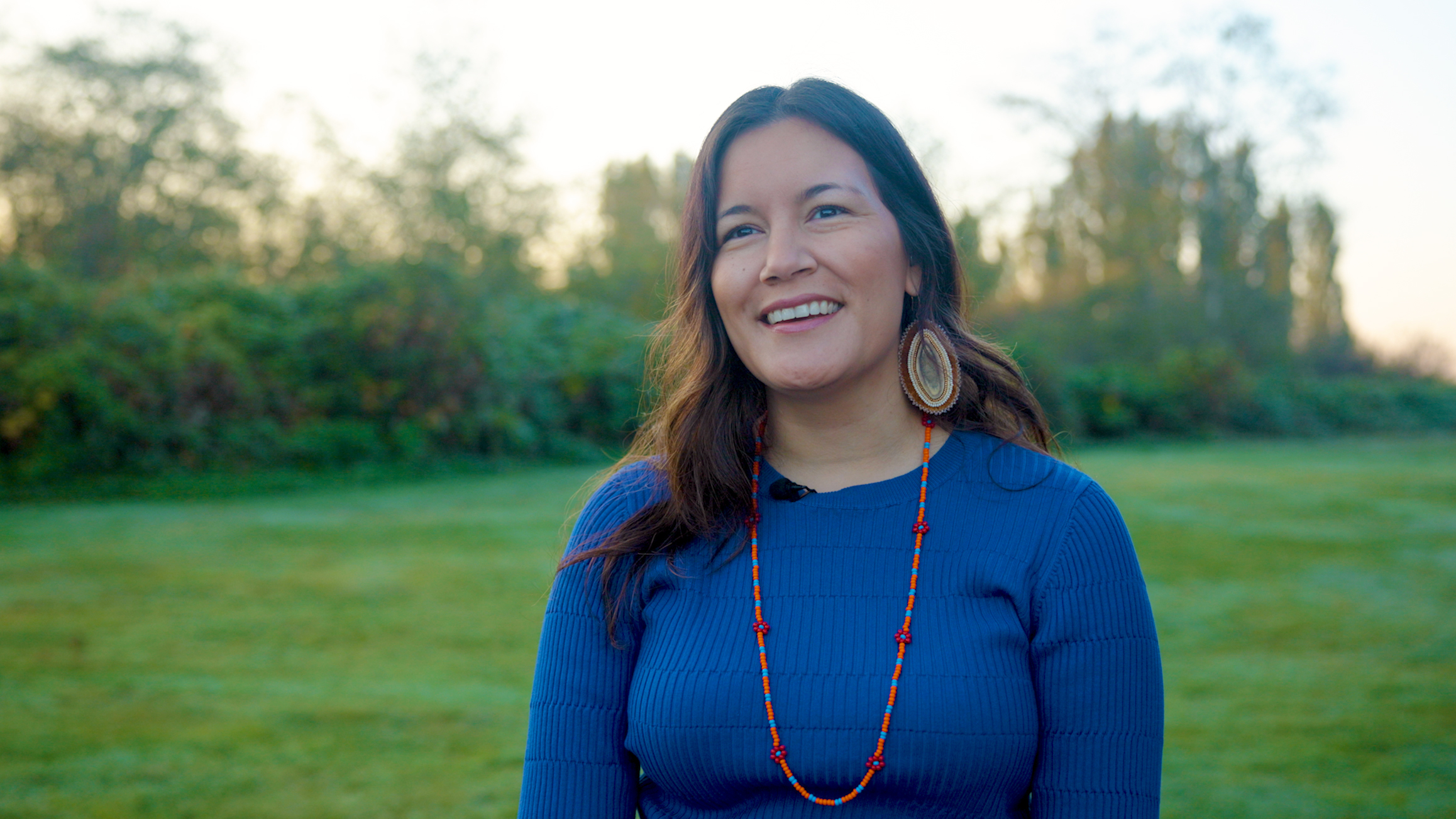
“It enables a strengthening of their own Indigenous identity and the work that they do, but then it gets celebrated both within our community, but also by our external partners, by government, by universities, by researchers,” says Dahti Tsetso, deputy director of the Indigenous Leadership Initiative, a non-profit dedicated to spotlighting and supporting Indigenous nations taking on the work of conservation on their lands.
“That has such a positive building effect: it promotes healing, it promotes addressing colonial traumas, it does so many things that promote a sense of wellness and well-being within our communities — and when our communities get stronger, Canada gets stronger.”
While the image of a land guardian — or anyone involved in conservation — may bring to mind a khaki-clad park ranger monitoring water quality and keeping watch for rule-bending hunters, the work of Indigenous guardians is far more broad.
“They are representatives of their nation, working to fulfill the mandate, as determined by their nation, to protect land and waters,” Tsetso says.
Those mandates can include anything from monitoring to mentorship, emergency response, language revitalization, online programming and more. What’s important, Tsetso says, is the guardians “help build a bridge between Traditional Knowledge and western science.”
The leadership initiative began working with land guardians in 2014, starting with a gathering in Squamish, B.C., that brought the country’s guardian programs together — 30 of them, at the time. That gathering established three priorities for guardian initiatives nationwide: establishing a national guardian network, creating a professional designation for guardianship and securing sustained funding for the programs. In the years since, they’ve made strides on all three goals.
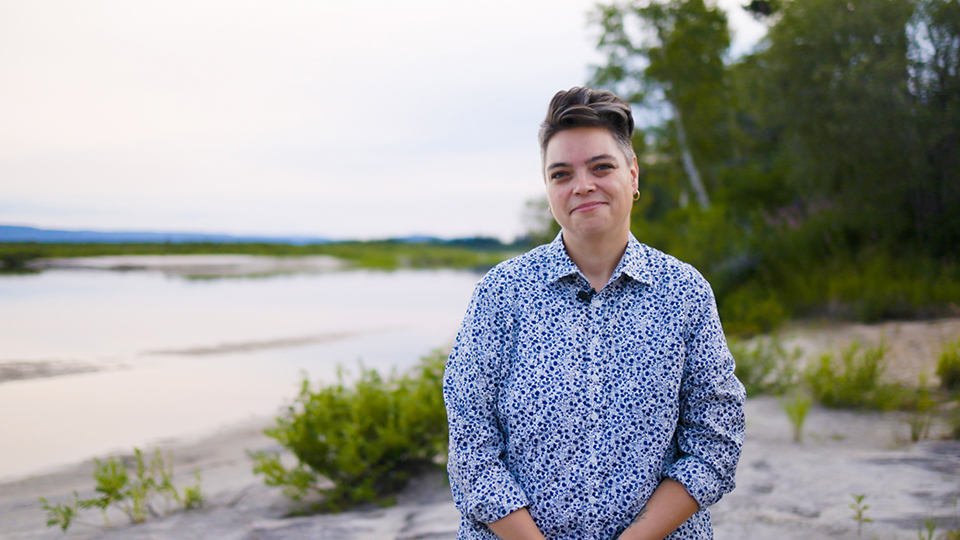
“It has been an actual movement,” Indigenous Leadership Initiative director Valérie Courtois says.
In 2017, the federal government launched a pilot program with a $25 million budget over four years. In 2021, that commitment was expanded to establish a $173 million budget line over the next five years for new and existing guardian programs. With that investment, the number of guardian programs on the ground has quadrupled, Courtois says, and there are now more than 120 programs operating in First Nations alone — not counting the programs in Métis and Inuit nations. The funding announcement also included specific designation for a national guardians network, which will launch at the United Nations convention on biological diversity in Montreal next month, Courtois says. That body, once established, will help the federal government allocate the guardianship funds and work to establish a formal accreditation program for land guardians.
Over the years, Courtois says Canadians have become more aware of the role Indigenous guardians play in protecting and conserving natural landscapes.
Still, “that movement has not yet achieved the ambitions on the ground,” Courtois notes. “The movement is even bigger than what the system has been able to respond to.”
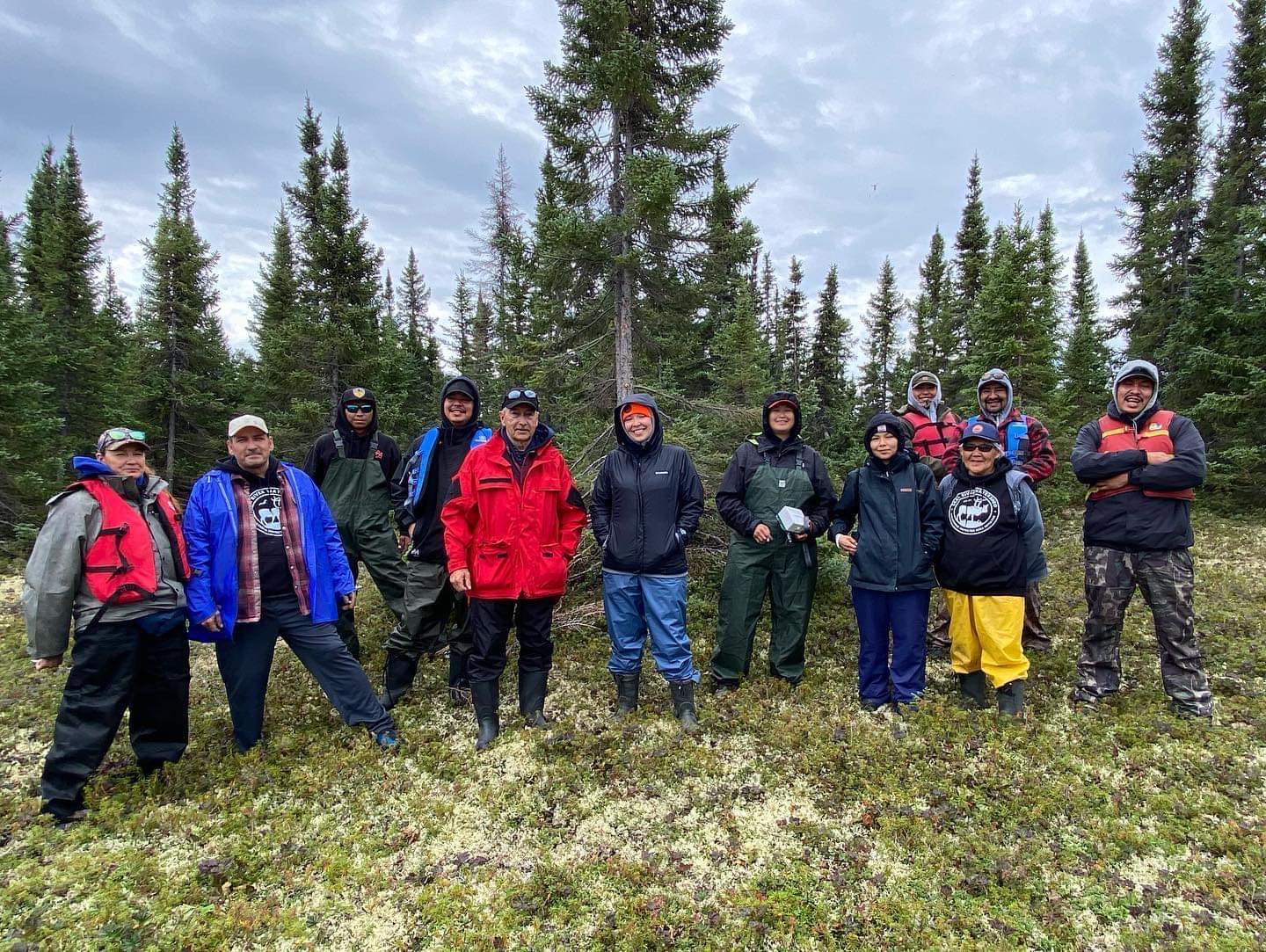
At December’s biodiversity convention, world leaders will finalize what’s been called the “30 by 30” target: a global effort to protect 30 per cent of the world’s lands and oceans by 2030. A growing consensus of scientists has determined land and water conservation will be key to curbing the earth’s staggering loss of biodiversity and limiting the impacts of climate change.
Canada, among other nations, has already committed to the target — but progress is slow. A 2021 report from the Canadian Parks and Wilderness Society noted Canada has, so far, only protected about 13 per cent of its lands and waters — a far cry from the 25 per cent interim target set for 2025. Manitoba is below the national average, with just 11 per cent of its land and water protected by parks and conservation areas, and no specific provincial targets yet established. The report says jurisdictions will “need to step up” if Canada is to meet its 30 by 30 obligations — and Indigenous land stewardship is the clearest path forward.
“Indigenous governments across Canada have consistently stepped forward with leading-edge landscape and seascape-level plans,” the report said.
The Seal River alliance’s efforts have been ongoing for several years now and, if successful, could see the watershed — which covers about eight per cent of Manitoba’s land area — formally protected from development.
“It’s going to be globally significant,” Courtois says. “There’s nothing else like that anywhere.”
Across Canada, Tsetso explains, the momentum and ambition to protect land and water has been led by Indigenous nations because land and water stewardship are often at the very heart of community values.
“We need the land, the land needs us. We are part of the land, the land is part of us,” Tsetso says. “Land and water are deeply ingrained into our sense of self and our value, and the way that we see ourselves in the world and the world around us is very much based on this relationship.”
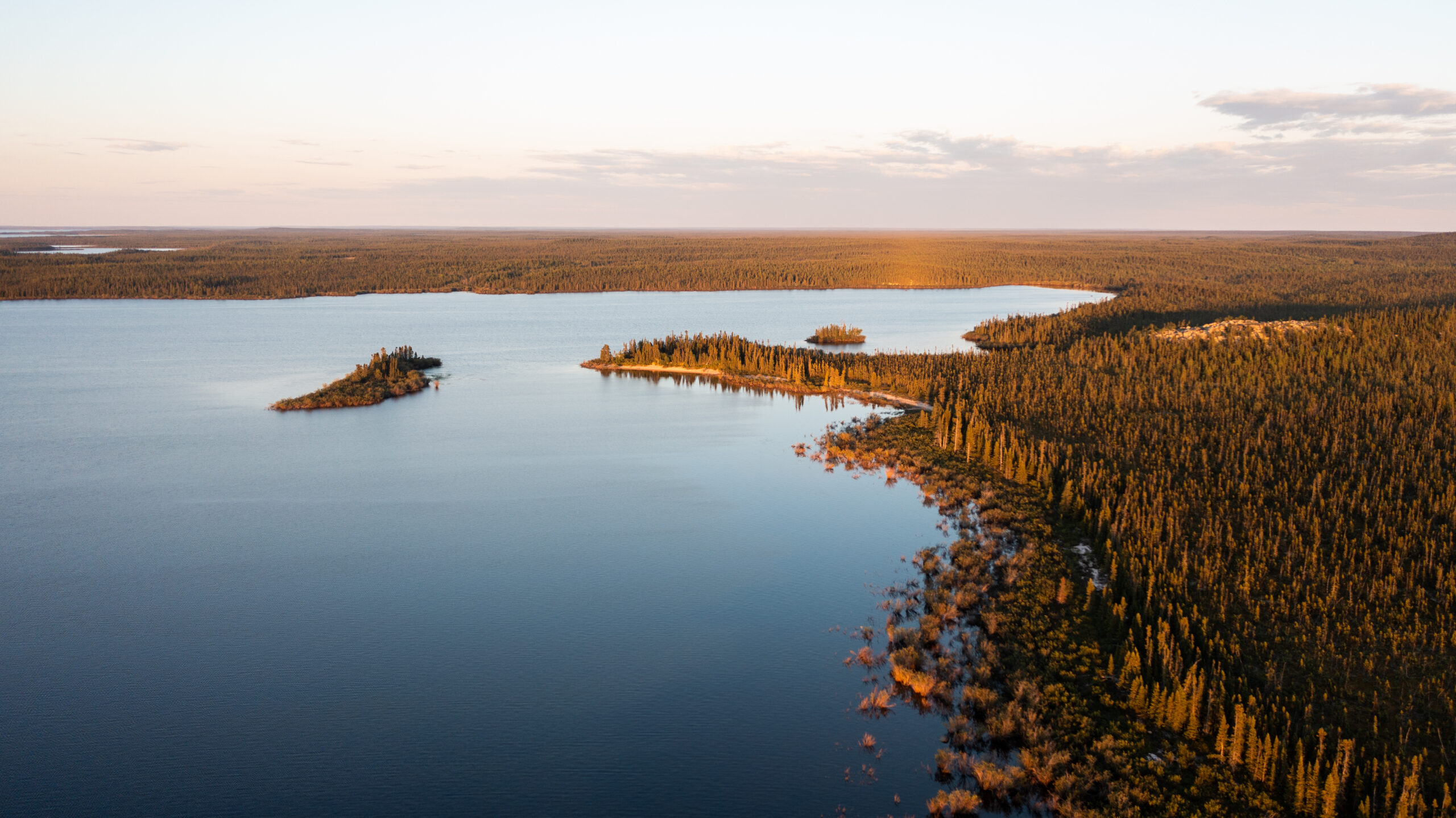
As climate change becomes a growing priority for Canada’s federal and provincial governments — balancing the need for development against the need for conservation — the values of Indigneous nations are beginning to align with Crown values. Commitments like the 30 by 30 target, Tsetso says, “have enabled a shared interest” between Indigenous and Crown governments.
“The best way for them to strive to meet them is in partnership with Indigenous Peoples; not only is it the best way — I would argue they can’t do it without our communities,” she says.
Land guardian programs, Tsetso says, are crucial to building long-term capacity for conservation and land stewardship — but the benefits of such programs go both ways.
The Seal River Watershed Alliance has already created nearly 30 jobs — making them one of the largest employers in the small communities where they work. A recent business case analysis of the Coastal Guardian Watchmen program in British Columbia found the average guardianship program generated $10 in financial, social, political and cultural value for every dollar invested in the project; the study also found some programs can generate returns of up to $20 for each dollar invested.
The alliance received $250,000 in federal funds for its first year, and will receive a further $150,000 the following year, Thorassie says. As the program matures, she says the skills and jobs it creates will help build capacity to manage the Seal River watershed protected area — and offer hopeful futures for the communities’ youth.
If there’s one memory about the canoe trip that stands out to 28-year-old Martina Denechezhe, a member of the Northlands Denesuline First Nation in northwestern Manitoba, it was the whitewater. Denechezhe was already an experienced paddler, but like many in the community she was unaccustomed to navigating the river’s stretch of rapids.
“It was a bit scary, going down the first rapids,” she says. “Me and my partner swamped in the rapids and I could hear my buddies telling me to put my feet up while we went down the river.”
The canoe flipped, sending their supplies floating down the river alongside them. Many of the paddlers capsized on their first day in the rapids, Thorassie says. But gaining whitewater paddle certification (with a little help from Paddle Canada) was a key goal for the team, so the next day they tried again. The group practised ferrying, s-turns and peel-outs — new skills for even experienced paddlers like Denechezhe to master — until they could navigate the turbulent waters with ease. In celebration, they jumped in and swam through the kilometre of rapids, facing the fear of the water.
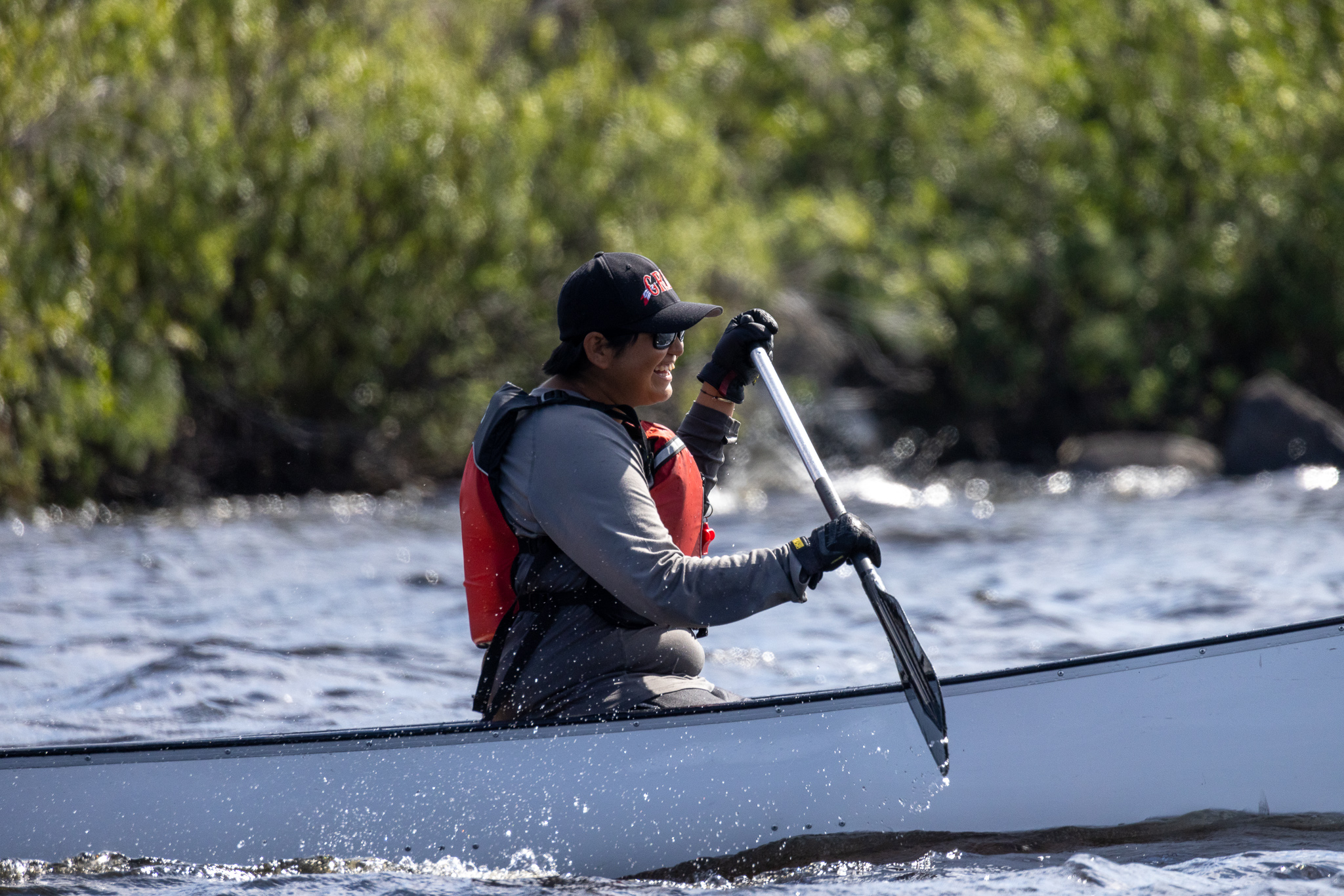
“All I could see were helmets and teeth coming around the last corner,” Thorassie says of watching the group swim through the rapids. “They were smiling and having so much fun.”
As they trekked first through Tadoule Lake, then Negassa Lake towards the long, winding ridges of glacier sand, called eskers, that line Shethanei Lake, the team learned to portage, heaving canoes over their shoulders and wading through knee-high tangles of red moss. One particular trek, initially expected to take four hours, wrapped up in just one, surprising the team’s Paddle Canada guides.
As they reached the Shethanei esker — which stretches from Northern Manitoba into Nunavut — they encountered an ancient birch forest where the community had long journeyed to build birch bark canoes. The group wandered the old campsite, exploring the indents in the moss where teepees and cabins once stood, where English fur-trader Samuel Hearne journeyed with Chipewyan hunter Matonabbee to find the Arctic Ocean.
“The feeling I had when I was there was breathtaking,” Denechezhe says. “I could just picture how people used to live.”
She found eagle feathers and scraping tools once used to prepare caribou skins to wear as clothing. Thorassie found a birch tree too large to wrap her arms around.
The canoe trip, Thorassie says, embodied the principles of what’s known as two-eyed seeing: an approach to learning that blends the ancestral knowledge of Indigenous Peoples with the principles of western science.
“That was such an amazing way to start off the guardian program,” Thorassie says.
“That’s what it’s about: the capacity building, that training the western science ideas and really utilizing and harnessing the ancient knowledge our people carry from generation to generation.”
Get the inside scoop on The Narwhal’s environment and climate reporting by signing up for our free newsletter. On a warm September evening nearly 15...
Continue reading
10 billion litres of sewage are dumped into Winnipeg’s lakes and rivers each year. Some...

Court sides with Xatśūll First Nation, temporarily halting Mount Polley mine waste expansion

Break out the champagne: Emma’s storied life and leadership in journalism has earned her the...
